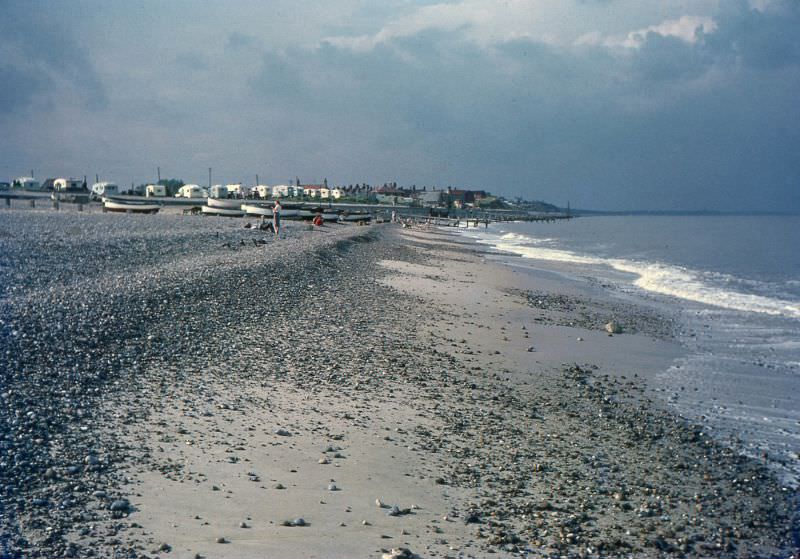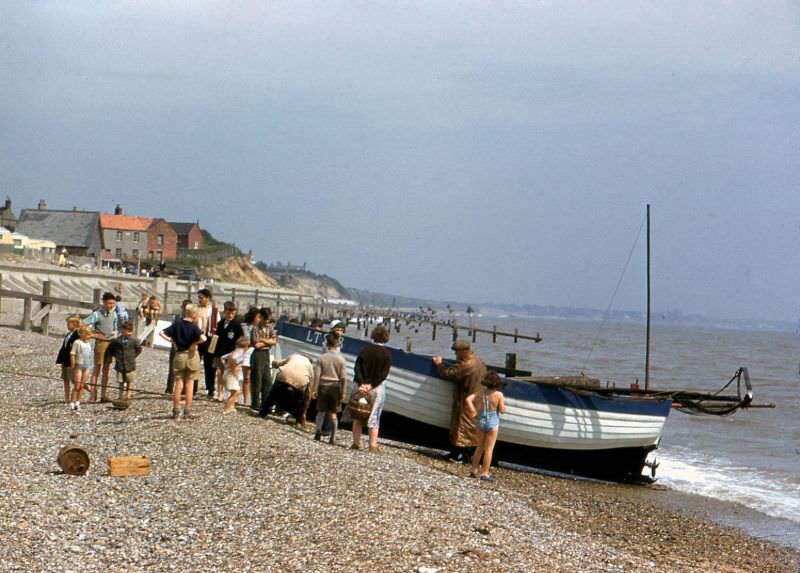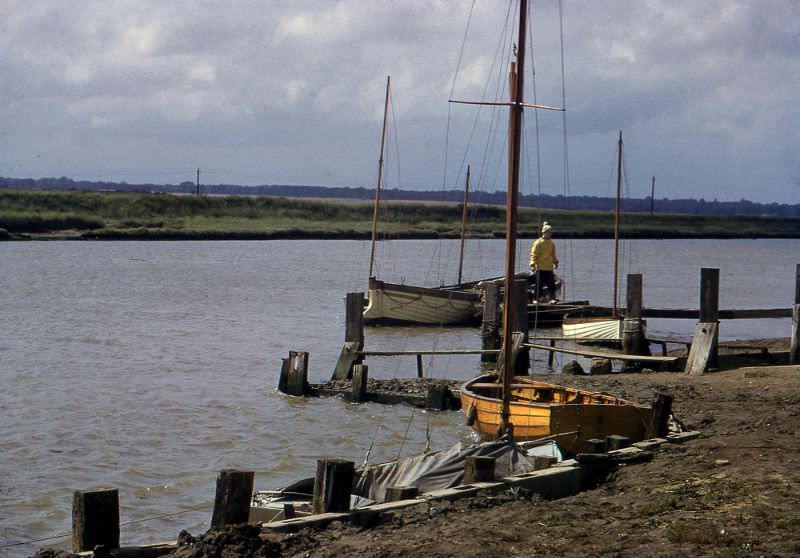Suffolk is a historic county in East Anglia, eastern England. The landscapes of Suffolk are diverse. The coastline includes fine sandy beaches, crumbling cliffs (the former town of Dunwich has been washed into the sea), estuaries, and Orford Ness. In the county’s middle are low rolling hills, and in the west rises a chalk ridge covered with wide fields without hedges. Suffolk’s northwestern corner, where it borders Norfolk and Cambridgeshire, is below sea level and is part of the Fens. There are long trees planted originally as windbreaks and game cover in Breckland, which can be found east of the Fens.
The historic pink-washed cottages and halls of towns and villages in Suffolk have become known as “Suffolk Pink”. In some of the county’s decorative paint colors, you can find shell shades as well as deep blush brick shades. Suffolk Pink originated from the 14th century when local dyers developed these colors by incorporating natural substances into a traditional limewash mix.
In Suffolk, most agriculture is either arable or mixed. Farm sizes range from 80 acres to more than 8,000 acres. There is a wide range of soil types, from heavy clays to light sands. In areas with lighter soils, rye and oats can be found and vegetables of various varieties. Wheat, barley, sugar beet, oilseed rape, winter and spring beans, and linseed are some crops grown here.
Below are some stunning color photos by Hardwicke Knight that show what Suffolk looked like in the 1950s.
















































It seemed that people wore better clothes then, but the same.
And thinner.
Don’t forget there were fewer cars.
Nowadays, Suffolk is not a good place as it was used to be in the past.
Apart from the children wearing swimming caps, I think most of those photos could have been taken last week. In many ways, Suffolk feels comfortable in its timelessness. I hope that stays the case for as long as possible.
I am so happy that someone in Kessingland and Southwold had the funds to use transparency films!
Looks like The Nelson in Southwold